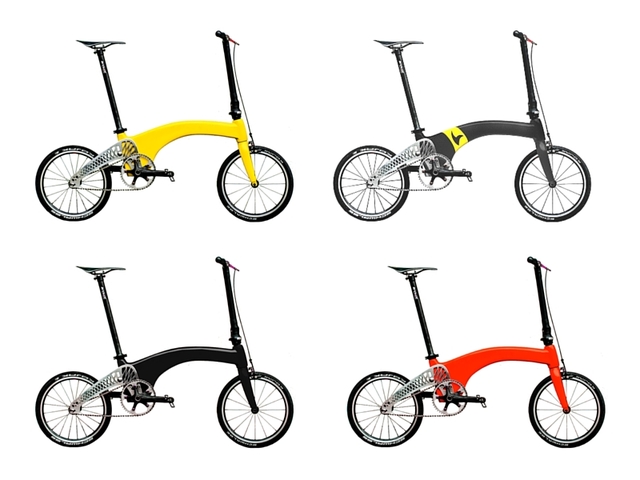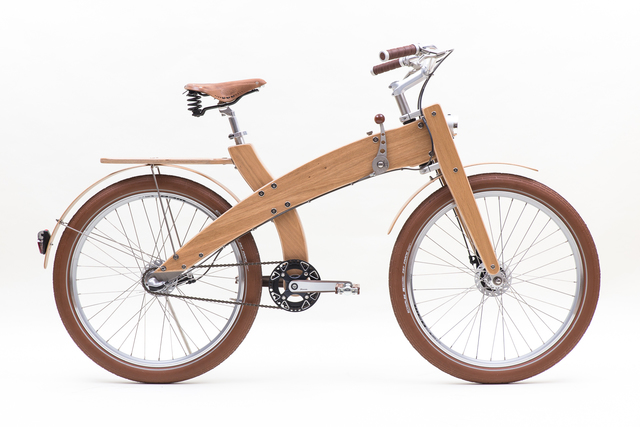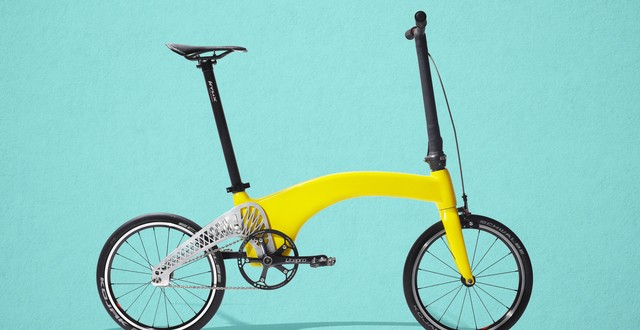There are moments that remain engraved for ever in our memories, and one such moment is without doubt getting your first bicycle. It was bluish in colour, decorated with the football stickers of the time; it was second-hand, and bore the signs of accidents from my cousins’ adventures. How could you forget your first bicycle, that high-speed companion on daring adventures?
The bicycle is nowadays the most commonly used means of transport in the world. Portugal is the third biggest producer of bicycles in Europe.
This means of transport emits no polluting or greenhouse gases, the bicycle is a vehicle with zero emissions.

‘Abimoto’, the National Association of Bicycle, Moped, Motorbike and Accessory Industrialists, says that more than 1.6 million units were produced in the country last year (2014), and exports totalled 315 million euros in value. Abimota forecasts growth of 10% in the sector by the end of this year.
Portuguese production companies have organised a large number of producers of components for bicycles which, apart from their capacity for flexible response and quality, also have industrial capacity for new needs and market trends such as the use of carbon fibre, microtechnologies, tools, electric mobility and information technology.

Almost all of the bicycles sold in Portugal were produced in this country, a trend that is contributing to the recovery and expansion of the Portuguese bicycle industry.
The bicycle has developed over the years, making it a more accessible means of transport for its users.
The creation of the bicycle started around 1790 in Paris, the first one consisting of a piece of wood linked to two wheels, known as the celerifere. It was powered by the feet, and the bicycle developed from these early beginnings.
The wish to achieve greater efficiency led the manufacturers to look for a way of using the mechanical action of the cyclist. The solution was to increase the diameter of the drive wheel, leading to the appearance of wheels of unequal size, with one reaching a diameter of one and a half metres, and the rear one reduced to the minimum necessary to ensure balance.
From the 1870s onwards, progress was rapid and consecutive. The pedals began to be mounted on the frame, fixed to a cogwheel with a chain linked to the axle on the rear wheel.

Today, there are different models of bicycle adapted from the existing model, improving and adding different designs, allowing for greater agility and excellence depending on the use of the bicycle.
For each type of use, there is an appropriate model of bicycle. It is essential to know the different types of bicycle to be able to identify the one that is most suitable for your use. There are currently bicycles for extreme sports manoeuvres, for touring, for urban transport, sports bicycles and others.
The bicycle is currently seen as quite an alternative means of transport, sustainable and healthy. This means of transport has many benefits in physical, ecological and economic terms. It can be used for short and medium-length journeys.
The benefits of using a bicycle as a means of transport include contributing to the democratisation of the use of public roads and reducing the cost of day-to-day travel; they are good for doing physical activity and they are ecological.
 Eco123 Revista da Economia e Ecologia
Eco123 Revista da Economia e Ecologia



